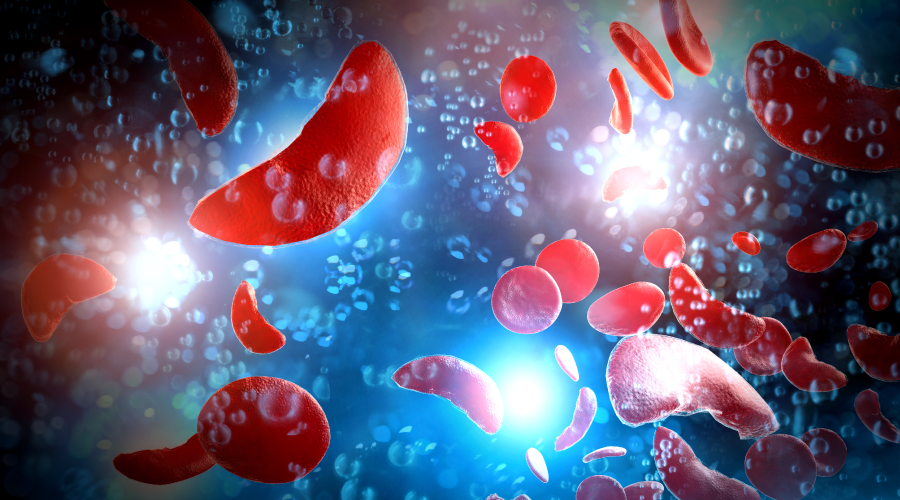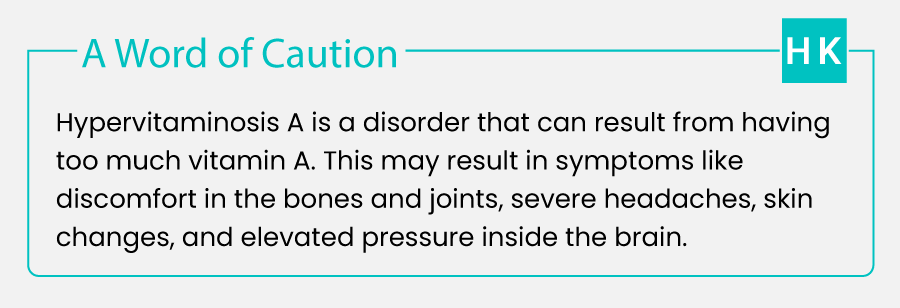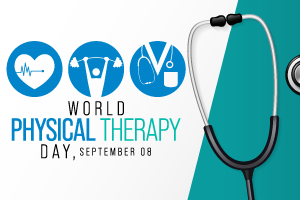

Red blood cells contain the protein haemoglobin. These cells are in charge of distributing oxygen throughout the body. Haemoglobin not only transports oxygen but also carbon dioxide from the cells and into the lungs. The person then exhales, releasing carbon dioxide. It may be more challenging for the body to carry out these processes when haemoglobin levels are low. Read on to learn how to increase haemoglobin levels in your body naturally.
How to Increase Haemoglobin?
Here’s how to increase haemoglobin levels at home:
1. Consume More Iron Rich Foods
Eating more foods rich in iron may be beneficial for someone with low haemoglobin levels. Haemoglobin production is increased by iron, which also contributes to the formation of red blood cells. Foods high in iron include meat, fish, products made from soy, dried fruits like dates & figs, green leafy vegetables, green beans, seeds & nuts, and almond butter.
2. Increase Folate Intake
The formation of haemoglobin depends critically on the vitamin B9 called folate. The body requires folate to make heme [component of haemoglobin] which is an organic compound that has iron in it to which oxygen attaches reversibly. Lack of folate can prevent red blood cells from maturing, which can result in folate deficiency anaemia and low haemoglobin levels. Good folate sources include beef, spinach, riche, peanuts, black-eyed peas, kidney beans, avocados, and lettuce. If you aren’t getting enough folate from your diet, you can consider going for folate supplements as well.
3. Maximise Iron Absorption
It’s crucial to consume iron-rich meals and supplements but one should also support their body’s absorption of that iron. Vitamin C-rich foods like citrus fruits, strawberries, and leafy green vegetables can increase the absorption of iron. Consuming vitamin C supplements may also be helpful in some cases. The body can also better absorb and use iron with the help of vitamin A and beta-carotene. Vitamin A-rich foods include fish, beef liver, squash, sweet potatoes, and kale as well as collards
A few examples of foods rich in beta-carotene are fruits and vegetables that are yellow, red, or orange. Although vitamin A supplements might aid in the body’s iron processing, too much vitamin A can be harmful.
4. Take Iron Supplements
A doctor might suggest taking iron supplements if a patient has abnormally low haemoglobin levels. The dosage will vary based on an individual’s levels. It is crucial to remember that too much iron might be harmful. Hemochromatosis, which can result in liver damage and side effects such constipation, nausea, and vomiting, may be brought on by it.
Iron levels will progressively rise over a few weeks as a result of supplements. For the purpose of increasing the body’s iron reserves, a doctor can advise taking the supplements for a few months.

Normal Range of Haemoglobin
With a blood test, a doctor can determine if your haemoglobin level is low.
When a man or woman has less than 13.5 or fewer than 12 grams per deciliter (g/dL) of haemoglobin in their blood, respectively, low haemoglobin is detected. Several factors, such as the following, might cause a person to have low haemoglobin levels:
- Iron-deficiency anaemia
- Pregnancy
- Problems with the liver or kidneys
- Chronic disease
Haemoglobin levels can fall naturally and without any underlying causes. Some individuals may even have low haemoglobin levels with no symptoms or warning signs.
A person can increase their haemoglobin levels to stay within a normal range with the help of a doctor. Regular ranges are:
For men – 13.5 to 17.5 g/dL
For women – 12 to 15.5 g/dL
Depending on their age, children should have different haemoglobin levels. Consult a doctor if you have any concerns about a child’s haemoglobin levels.
If taking supplements and modifying one’s diet do not have the desired effects, people with severely low haemoglobin levels may require additional treatment.

Conclusion
By making dietary modifications and using supplements, many people can increase their haemoglobin levels. To establish the proper supplement dosage, consult a physician.
A person might require additional therapy, such as a blood transfusion, if their haemoglobin levels are still low. It could take up to a year for levels to return to a healthy range, depending on the reason for the low haemoglobin and the treatments that have been done.




